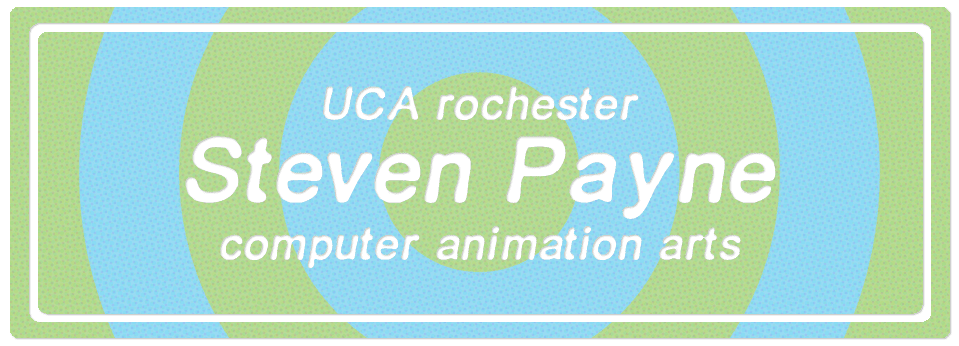FADE IN and PAN OVER a bustling highway of fast moving objects.
"This bustling highway is the human bloodstream, the regular route of travel for many Cells, specifically, Red and White Blood Cells. Look! Here comes a White Blood Cell now."
FOLLOW White Blood Cell enters the bloodstream, pursuing a bacteria as if it were a police chase. Camera moves to be level with Cell.
"When White Blood Cells are needed to rid the body of bacteria and other trespassers in the bloodstream, they may duplicate their numbers in order to tackle the threat.
These Cells, like others, duplicate through a process called Mitosis."
Camera moves in towards Cell, fading through to reveal the genetic material within.
"Mitosis takes place over several phases."
"First of all is the Prophase, where the chromosomes coil up and condense. This makes them shorter and thicker, and the nuclear envelope containing them is broken down."
"The separate copies of a single chromosome are known as sister chromatids. Spindle fibres are formed whilst centrioles move to either end of the Cell."
"The next step is the Metaphase. The chromosomes line up in the centre of the Cell. Microtubules formed during the Prophase attach to the sister chromatids."
"The sister chromatids begin to separate, this is the beginning of the Anaphase. The sister chromatids are held together by the centromere, which begins to divide as each sister chromatid, moves down its spindle fibre."
"The final step is the Telophase, in which the two now separate groups of chromosomes reach opposite sides of the Cell."
"Both groups gain a new nuclear envelope and the chromosomes uncoil."
Camera PULLS BACK from Cell, returning to an exterior view of the Cell. The camera continues to track the Cell down the bloodstream.
"The division is finalised through a process known as Cytokinesis, where the cytoplasm and organelles divide. The completed processes of Mitosis and Cytokinesis result in two separate cells that are genetically identical, known as daughter cells."
The two White Blood Cells maneuver to stop the Bacteria in its tracks.
"These daughter cells are free to duplicate further before they go on to fulfil their specified tasks."













It may be basic but its good! I could follow it very clearly ;) so good job! also on another note, your cells reminds me of sweets :) I love the rich sweet colours and shapes.
ReplyDelete